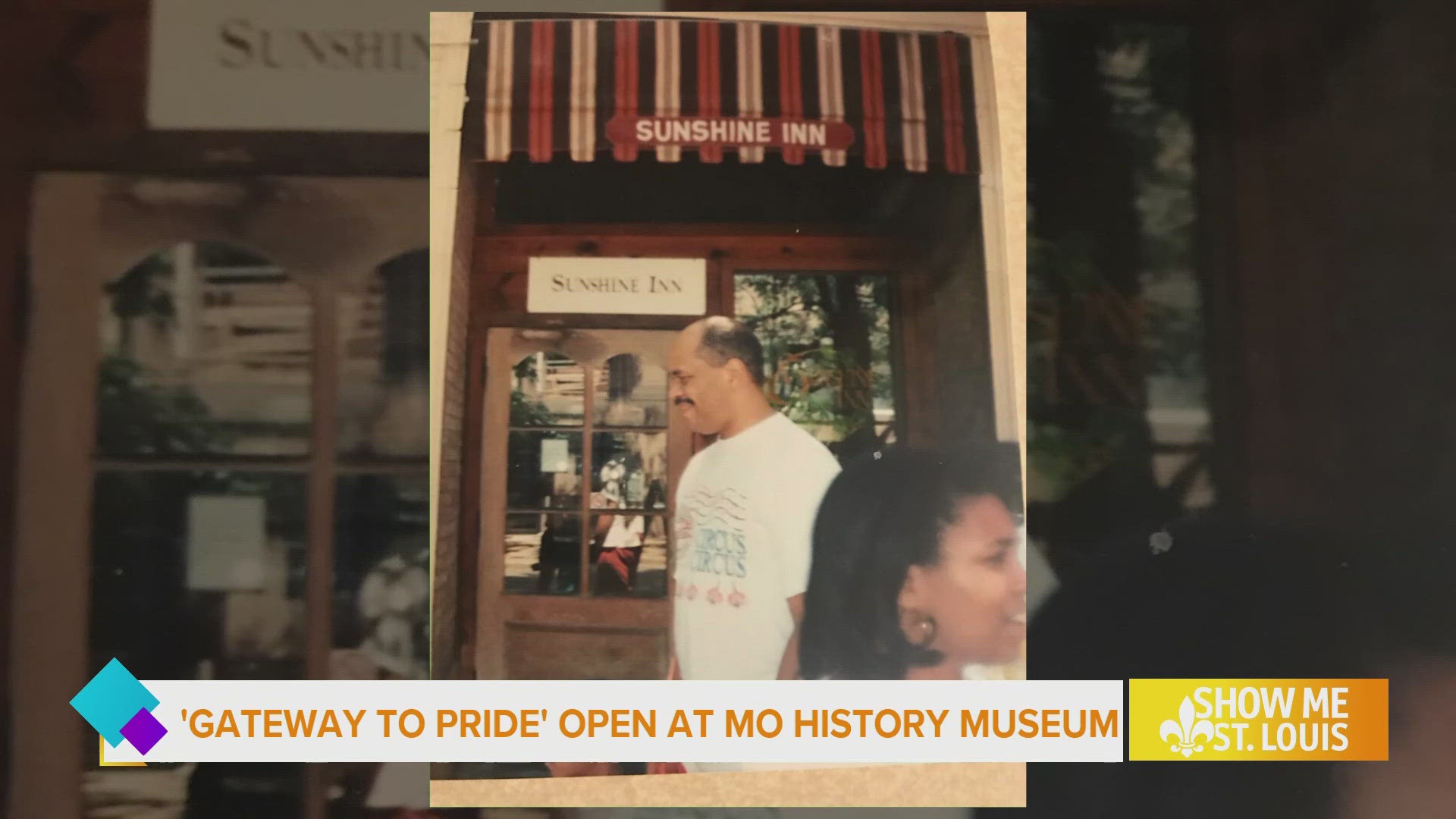ST. LOUIS — Five On Your Side is partnering with the Missouri History Museum for an exhibit which showcases St. Louis’ gay culture.
“Gateway to Pride” is currently open at the Museum.
One of the artifacts is a foam coffin Greg Gerhart built during the AIDS crisis of the 1980’s. Gerhart was a member of ACT UP, the AIDS Coalition to Unleash Power, an international grassroots political group that worked to end the AIDS pandemic.
“We used it as a prop in demonstrations,” said Gerhart. “Sometimes two people – usually me being one of them – would carry it over our heads during demonstrations. It was a strong visual – carrying away the bodies of the dead. I hope when people see it, they think about what had to happen to get us to where we are, today.”
The coffin is one of as many as 150 items on display in the Missouri History Museum’s exhibit. Ian Darnell is curator for LBGTQIA+ collections and Gateway to Pride exhibit lead.
“I want people to realize that LGBTQIA+ people fit into the bigger story of St. Louis,” said Darnell, “and that you can't really understand the history of this place without understanding the struggles and achievements of LGBTQIA+ people.”
Rudy Nickens also lived in St. Louis, during the 1980’s, as owner of the co-op/collective known as the Sunshine Inn.
“It was a so-called ‘freshraunt’ that served good quality food in a pleasant, congenial atmosphere,” said Nickens, laughing. “I remember that tagline.”
Nickens says the Central West End in the 1970’s was a place where gay people were building communities and renovating neighborhoods. That means gay people were investing in properties and improving the value of places around them.
“You can look around St. Louis’ history and see the movement of gay communities,” said Nickens. “You can see what The Grove is today and see what it was before it became the gay hub. It was totally run down. The Central West End, also that story; The Loop, also that story; Soulard, also that story. Lafayette Square, same thing. There is lots and lots of building community, making the city more vital because of that.”
Then came the AIDS crisis of the 1980’s. Nickens maintains that that virus may have helped prepare public health officials for another virus, decades later.
Nickens said, “The person who was responsible for leading the initial response to COVID, Dr. Anthony Fauci, was also in public health in the CDC when the HIV crisis came along. And just like many other people, he paid no attention to it. The Reagan administration didn’t talk about it and didn’t direct resources to it, but for the powerful activism of groups like Act Up, insisting that CDC and other agencies get involved. Dr. Fauci got his training by being the target of the activists in that community.”
All these decades later, Gerhart sees his activism, and his handiwork, in a new light.
“I just never thought it was that important,” he said, speaking of the foam coffin he built in the breezeway of his apartment. “The fact that the Missouri History Museum did gave it a new life, for me, and almost a different mindset. It made me realize the work I did was important, and this is a piece of history. It is worth preserving.”

